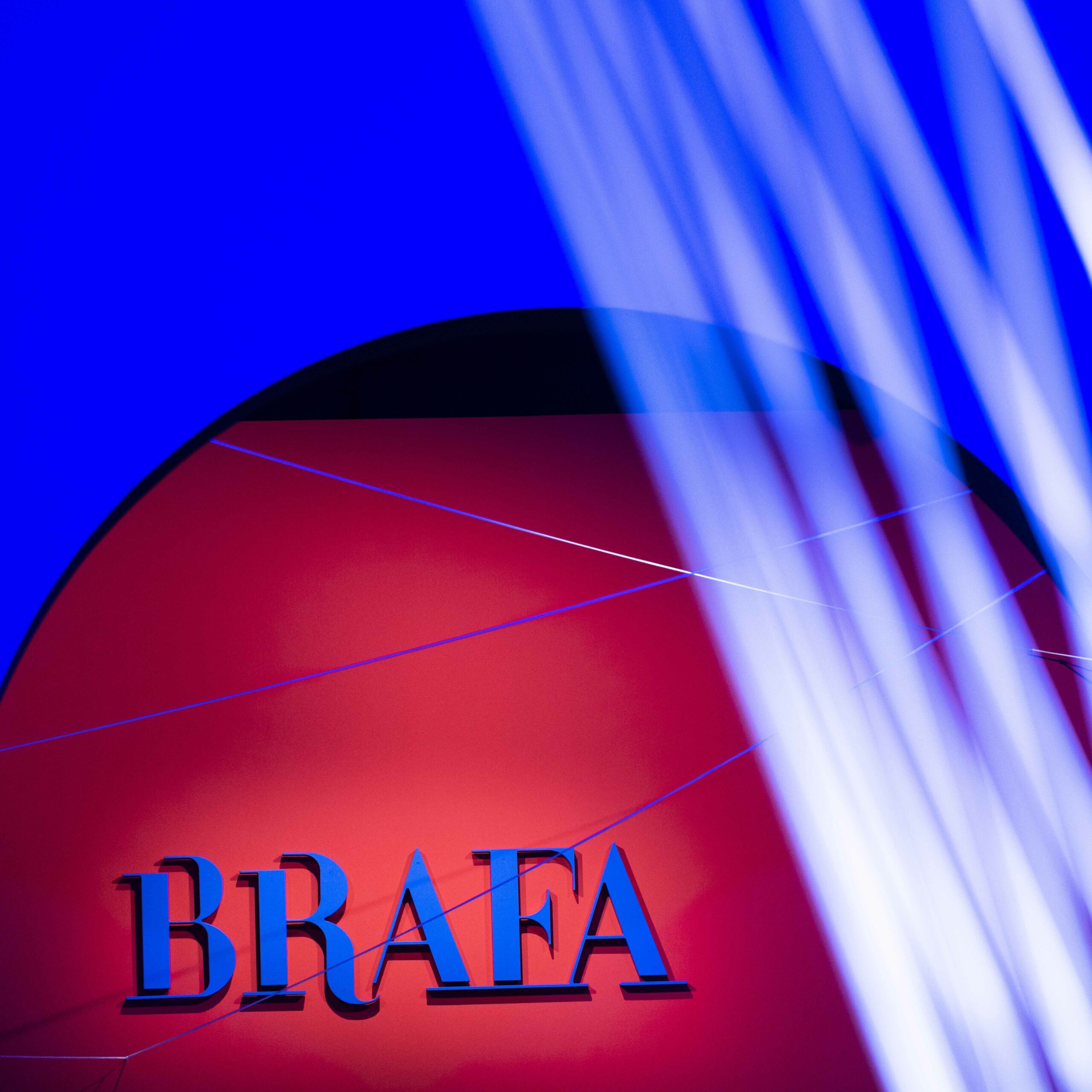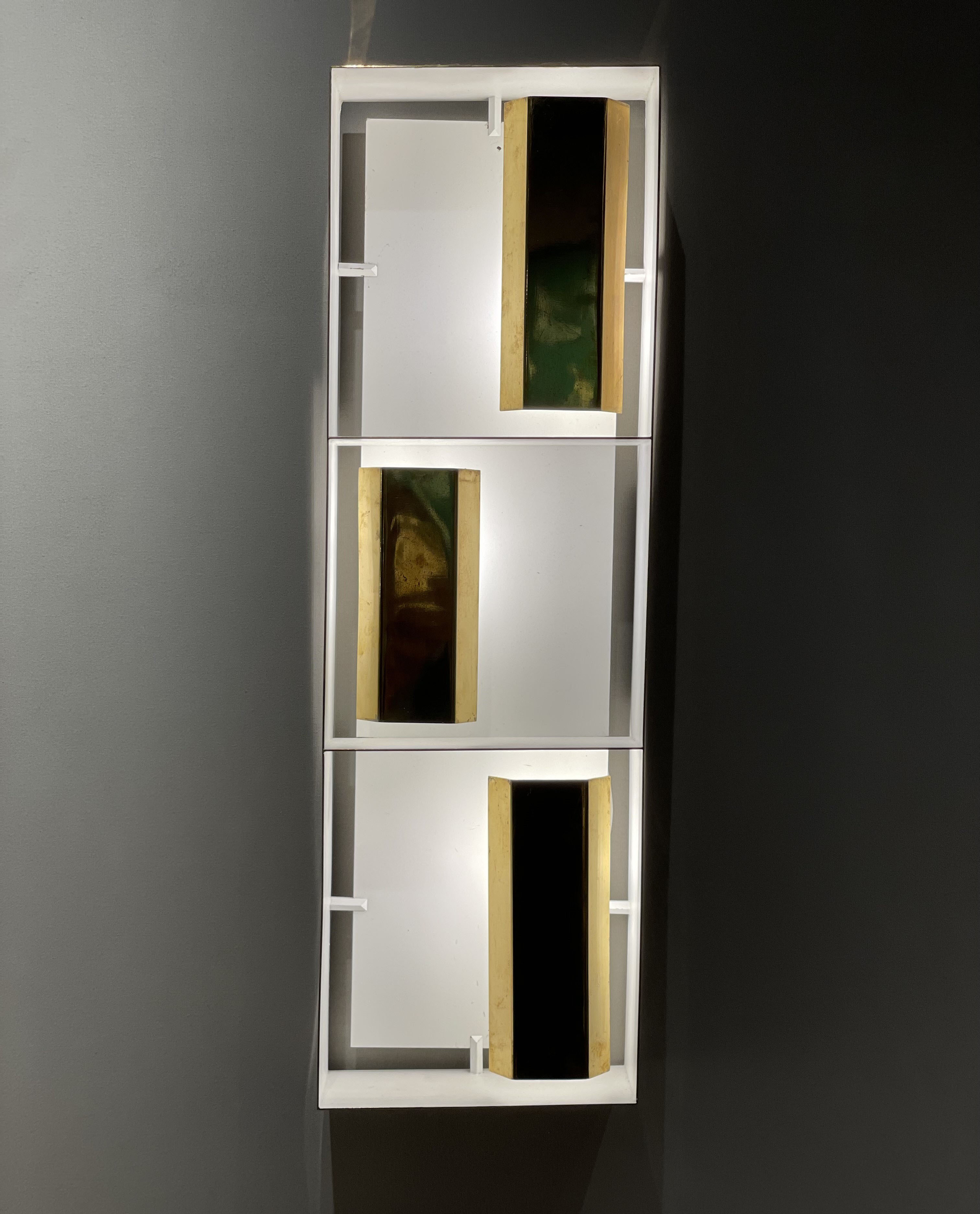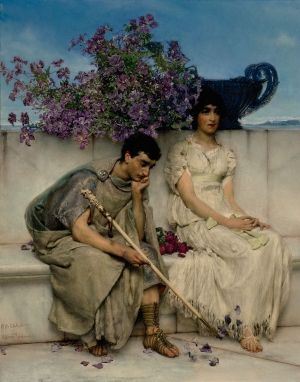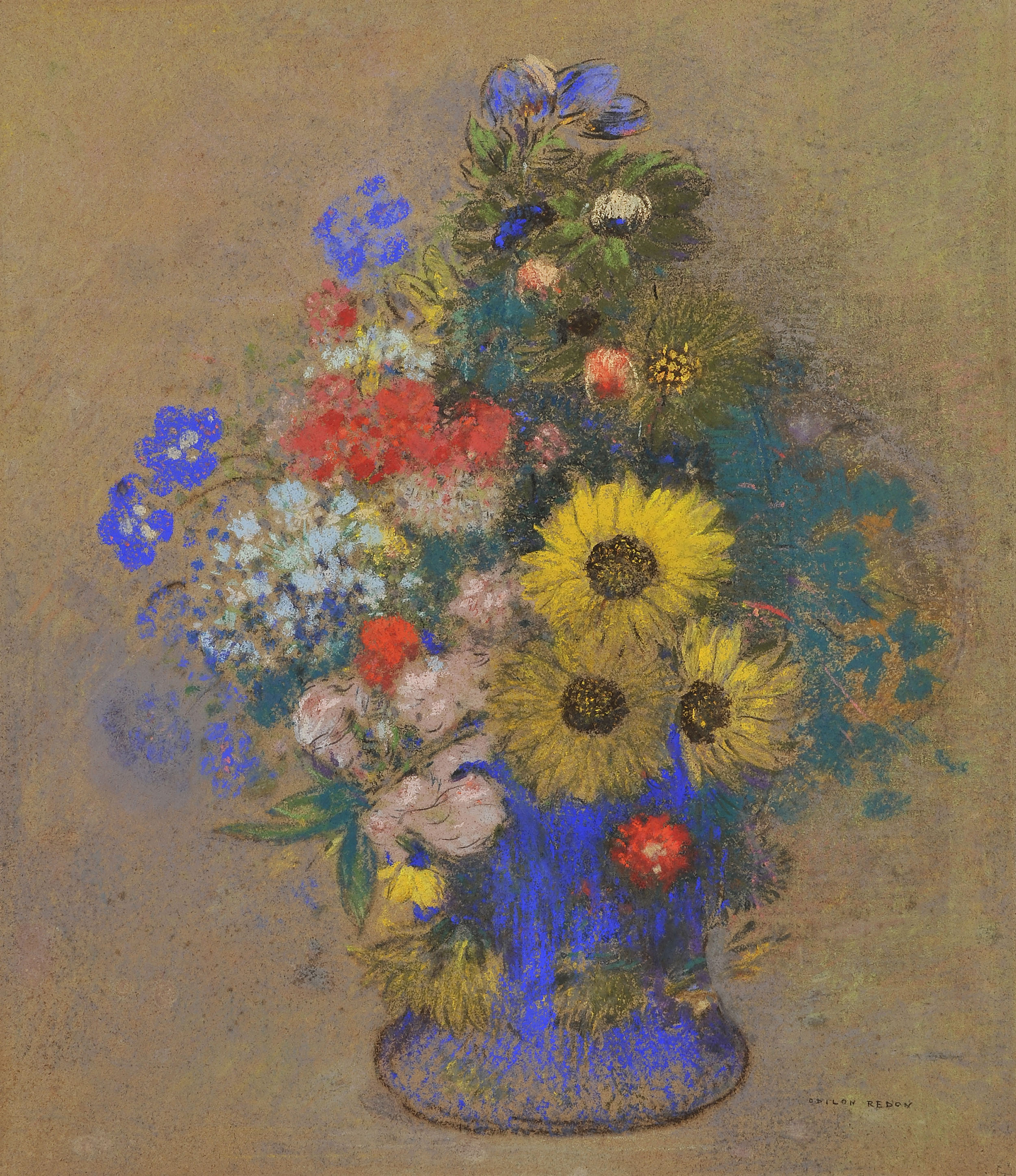Heterogeneous in its offer and renewed in its layout, the 68th edition of BRAFA in Brussels is open until 5 February 2023 in two welcoming halls of the Brussels Expo, an immense Art Deco exhibition complex inaugurated in 1935 for the Universal Exhibition.
A new element compared to previous editions is the significant presence of modern and contemporary art among the 15,000 works on display, a choice that meets a change in the taste of international collectors. However, this does not exclude fantastic exceptions.
At Klaas Muller in Brussels, the superb painting with the Study of an Evangelist by Jocob Jordaens, where the third great master of the Flemish Baroque together with Rubens and Van Dyck shows off a plastic and colouristic sensitivity of Caravaggio-like memory.
From Dalton Somaré in Milan, a group of tribal works that are as mysterious as they are modern in their essentiality.
At Gallery Desmet in Brussels, the bronze bust of Emperor Caracalla by Luigi Valadier, with a technique so prodigious that it seems the work of an ancient sculptor. The Valadier family was fundamental to the development of goldsmithing and decorative art in the 18th century, in the Eternal City where Rococo exuberance and nascent neoclassical rigour coexisted. Luigi’s works (Rome 1726 – 1785) are precious and extravagant both in their materials and in their conception, a trait of originality of the workshop that continued with his younger brother Giovanni and his son Giuseppe, sought after by cultured and refined aristocratic travellers who saw imperial Rome as a fundamental stop on the Grand Tour.
At the Repetto Gallery with branches in Lugano and London, Fausto Melotti’s large work Contrappunto Piano of 1973 stands out incorporeal and spiritual, emblematic and extremely light proof of his concept of sculpture open to extreme synthesis and stylisation, made of ductile metals such as brass. To the solid material of marble and bronze Melotti prefers thin lamellar structures that give shape to space and light.
From Rome, Fabio Massimo Apolloni with a series of enamelled ceramics from the 1950s modelled with vital and primeval ardour by Leoncillo Leonardi, which like totems of living matter crystallise the essence of expression, together with a selection of drawings and paintings by Renzo Vespignani where, in all his talent, the ability to make the transience of time tangible through the sentimental intensity of memory emerges.
On display at Robertaebasta with galleries in Milan and London, a pair of ‘window’ wall lamps in white lacquered metal and brass by Gio Ponti, made for Arredoluce in 1957/1958, true sculptures of light. Ponti’s uniqueness lies in his ability and style to cross the useful and the delightful, always ready to get involved and combine design with practical realisation by relying on the best manufacturing companies, the executing hands of his ideas. Straddling reality, design and new solutions and expressions, Ponti understood and made designers, craftsmen and industries realise the importance of quality and formal renewal, becoming a catalyst since the 1920s for meetings at the pinnacle of creativity and quality. Ponti is Italian and universal, simple and sober, pure and essential, unique and reproducible, because he is convinced that “drawing for industry is a benefit for the very faculties of our mind and hand, in giving a line to a production, because it forces it to a severity, a rigour, which are lacking, alas, instead in so-called artistic production.”
At Studio 2000 Art Gallery in Blaricum in the Netherlands, the timeless modernity of design is shaken by the sober elegance that reigns in Sir Lawrence Alma Tadema’s small oil painting from 1890, with the emblematic title An Eloquent Silence. The classical world for the Dutch artist, but a Londoner by character, a great protagonist of Victorian painting together with John Singer Sargent and James Tissot, is a poetic and enchanting triumph of extravagant aesthetic sensations, where the harsh realities of the industrial revolution and colonial campaigns that characterised the rise and triumph of the British Empire in the 19th century are denied, and are hidden behind the magniloquent and ancestral balance of the Pompeian civitas, inhabited by conturbating female figures and sensually angelic bodies. The late Roman Empire is a decadent and anti-heroic place pervaded by romantic languor, where women and men indulge in an idle and yearning hedonism, and where pleasure is the sole and undisputed monarch.
At Galerie Taménaga with branches in Paris, Tokyo, Osaka and Kyoto, Odilon Redon’s Vase of Flowers is an epiphany of soft pastel colours that evoke the dreamlike splendour of one of the masters of Symbolism, who in the Paris of the 1980s met writers such as Huysmans and Mallarmé, and artists such as Maurice Denis and Paul Gauguin. From around 1900 until his death in 1916, colour played a central role in his poetic research, always filtered through a focus on dreamlike settings of ambiguous and indefinite beauty, which made him a point of reference for the Nabis such as Pierre Bonnard and Édouard Vuillard, and then for the masters of Surrealist fantasy such as Max Ernst and Joan Mirò, for his bizarre and unusual ability to make the invisible visible.
At Univers du Bronze in Paris, a male nude in bronze superbly modelled by Auguste Rodin (Age d’Airain, 1875-1877), where the dark, glossy patina not only emphasises the rapid expressive passages but also highlights the ductile plastic sensitivity of his style. In this work, as in all his prolific production, the supreme sculptor of 19th-century France fuses Michelangelo’s monumentality, derived from the Gothic tradition and his master Jean-Baptiste Carpeaux, with a dramatic realism made of movement and pictorial chiaroscuro of impressionistic influence, which is very close to the work of Medardo Rosso.
At Galerie Nicolas Bourriaud in Paris, Rodin again with the second version of the Kiss, dated 1910-1915. The genesis of the subject stems from a commission from the French state for the decorative bronze door of a Parisian museum, dedicated to the protagonists of the Divine Comedy, including Paolo and Francesca. However, Rodin decided to make an independent sculpture of the two lovers. With his unfinished triangular composition of clear Michelangelo influence, the artist broke away from Greek idealism and the harmonious beauty of the Renaissance and Baroque to interpret, with poignant transport, the emotions of the subjects through details, the concreteness of the flesh, the worked surfaces and the play of shadows. Faced with the extraordinary success of this sculptural group, the Barbedienne foundry signed a 20-year contract with the sculptor in 1898, releasing many bronze versions of the Kiss, one of which is now on display in Nicolas Bourriaud’s stand.
At Florian Kolhammer in Vienna, a beautiful collection of Secessionist vases from the early 20th century, including an extraordinary large, mould-blown, free-form specimen in iridescent colours, made in 1902 for the Bohemian glassworks Johann Loetz Witwe by Koloman Moser, one of the major protagonists of the Viennese art scene between the 19th and 20th centuries. From architect and designer Josef Hoffmann, a rare columned vase made in 1899 for the company Phänomen Genre 413, for the 8th Viennese Secession exhibition: decorated by Franz Hofstötter, in its architecturally sculptural form it appears exemplary in recounting that search for absolute stylisation, which following the example of British Arts and Crafts led to the creation of a total work capable of merging all the arts.
At Barbara Bassi in Cremona, an original square bracelet with white and yellow gold balls, dated 2004, by the Belgian painter and sculptor Pol Bury, who after a surrealist beginning joined the Jeune Peinture Belge movement in 1947 and later the CO.BR.A group. The kinetic art works of the 1960s, distinguished by a constant effect of slow motion, would become in his mature phase the hallmark of his clear, rigorous but joyfully irreverent style.
410 Views |
Like



































